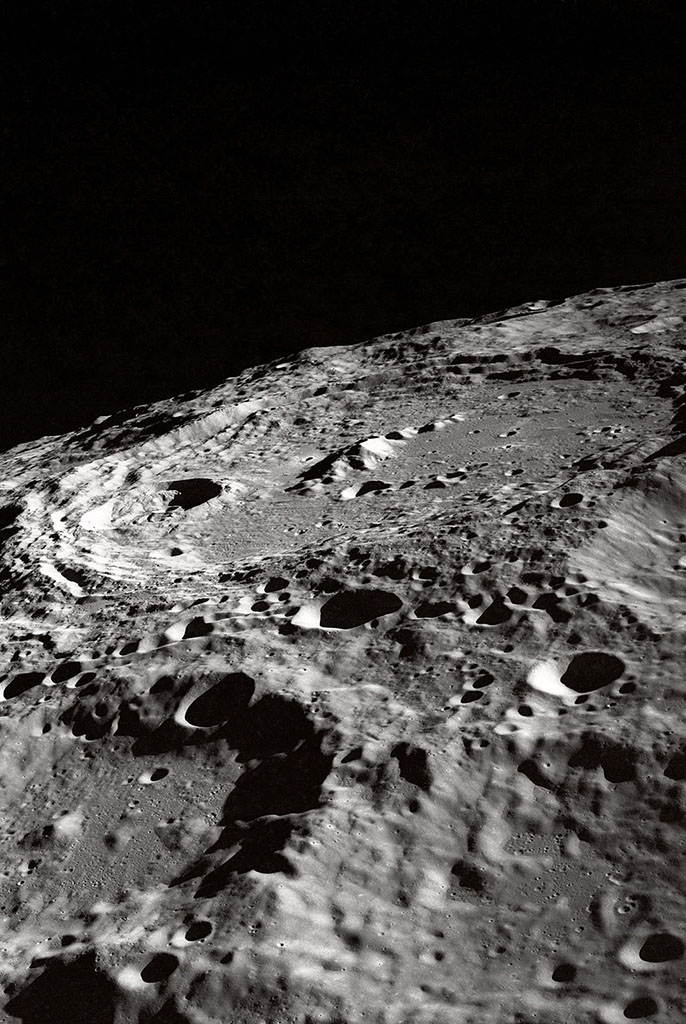Whether diving off docks, cannonballing into lakes or leaping off the high board, there’s nothing quite like the joy of jumping into water.
Olympic divers turned this natural act into a sophisticated science, with the goal of making a splash as small as possible. But another sport looks for just the opposite: the extreme maximum splash, one as high, wide and loud as possible.
Welcome to the world of “manu jumping.” Although not a familiar term in the United States, manu jumping is beloved throughout New Zealand. The sport originated in the Māori community, where popping a manu is a way of life. There, manu jumpers leap from bridges, wharves and diving platforms to make the giant splashes.
The sport is playful yet competitive. At the Z Manu World Champs, you win based on the height and width of your splash. The current record: a splash more than 32 feet high (10 meters).
The concept sounds simple, but like Olympic diving, it turns out there’s a science to manu jumping.
In New Zealand, manu jumping is an obsession.
The Worthington splash
As fluid dynamicists, we study the way living organisms interact with fluids – for instance, how flamingos feed with their heads underwater,
or how insects walk on water.
So when we stumbled upon viral videos of manu jumping on TikTok and YouTube, our curiosity was triggered. We launched a scientific investigation into the art of making a splash.
Our research was more than just fun and games. Optimizing how bodies enter fluids – whether those bodies are human, animal or mechanical – is an indispensable branch of science. Understanding the physics of water entry has implications for naval engineering, biomechanics and robotics.
We discovered that creating the perfect manu splash isn’t just about jumping into the water. Instead, it’s about mastering aerial maneuvers, timing underwater movements and knowing exactly how to hit the surface.
The microsecond the manu jumper hits the water is critical. Two splashes actually occur: The first, the crown splash, forms as the body breaks the surface. The next, the Worthington splash, is responsible for the powerful burst of water that shoots high into the air. Manu jumping is all about triggering and maximizing the Worthington splash.
So we analyzed 75 YouTube videos of manu jumps. First, we noticed the technique: Jumpers land glutes first, with legs and torso scrunched up in a V-shaped posture.
But the moment they go underwater, the divers roll back and kick out to straighten their bodies. This expands the air cavity, the space of air created in the water by the jump; then the cavity collapses, detaching itself from the body. This period of detachment is known as “pinch-off time” – when the collapse sends a jet of water shooting upward. All of this happens within a fraction of a second.
…


